Beyond Drifting: Imperfectly Known Animals
By Mandy Barker
Plankton form a diverse group of microscopic marine organisms living in the water column, unable to swim against the current - they exist in a drifting, floating, state. These unique ‘specimens’ relate to the pioneering discoveries made by marine biologist John Vaughn Thompson in Cork Harbour, Ireland during the 1800’s.
Presented as microscopic samples, objects of plastic marine debris - recovered from the same location - mimic Thompson’s early plankton discoveries. The work represents contamination of plastic particles in the natural environment, creating the perception of past scientific discoveries when organisms were free from plastic. Presenting new ‘specimens’ created from recovered debris serves as a metaphor for the ubiquity of plastic, encapsulating in miniature the larger problem of an imperfect world.
The movements of the recovered objects, recorded on camera over several seconds, represent individual plankton in the water column. Capturing the plastic on expired film with faulty cameras reinforces the notion of ‘imperfection’ in both technique and subject matter. Nomenclature is the description given to devising new scientific names, of which each specimen has been given, all containing the word ‘plastic’ hidden within the title.
Current scientific research has found that plankton ingest micro plastic particles, mistaking them for food. At the base of the food chain, they are a crucial source of food for many larger creatures. The potential impact on marine life and ultimately man itself is of vital concern. In terms of plankton, and of action, we are ‘Beyond Drifting’, and must bring into focus these ‘Imperfectly Known Animals’.
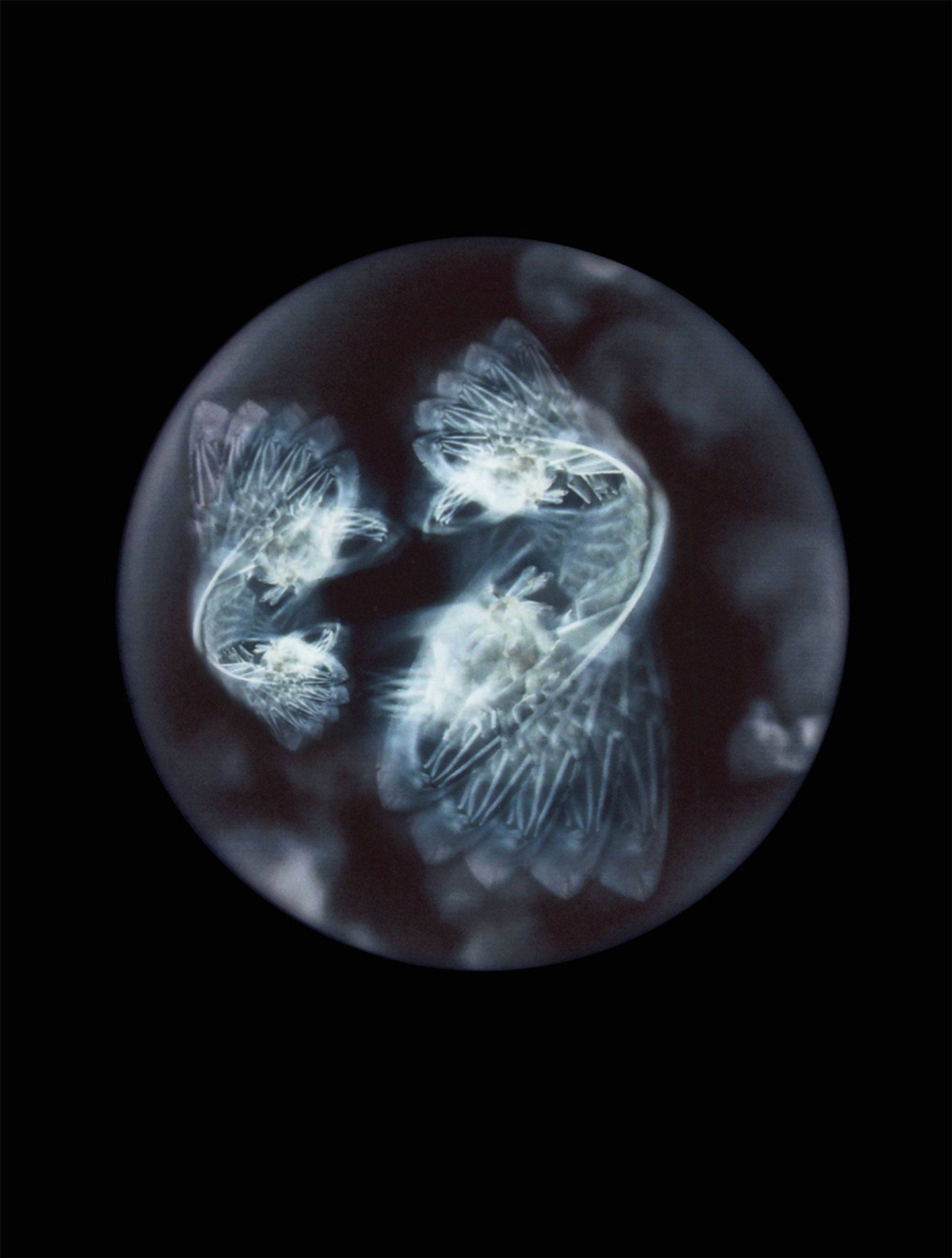
Ophelia medustica.Specimen collected from Glounthaune shoreline, Cove of Cork, Ireland(Pram wheel)
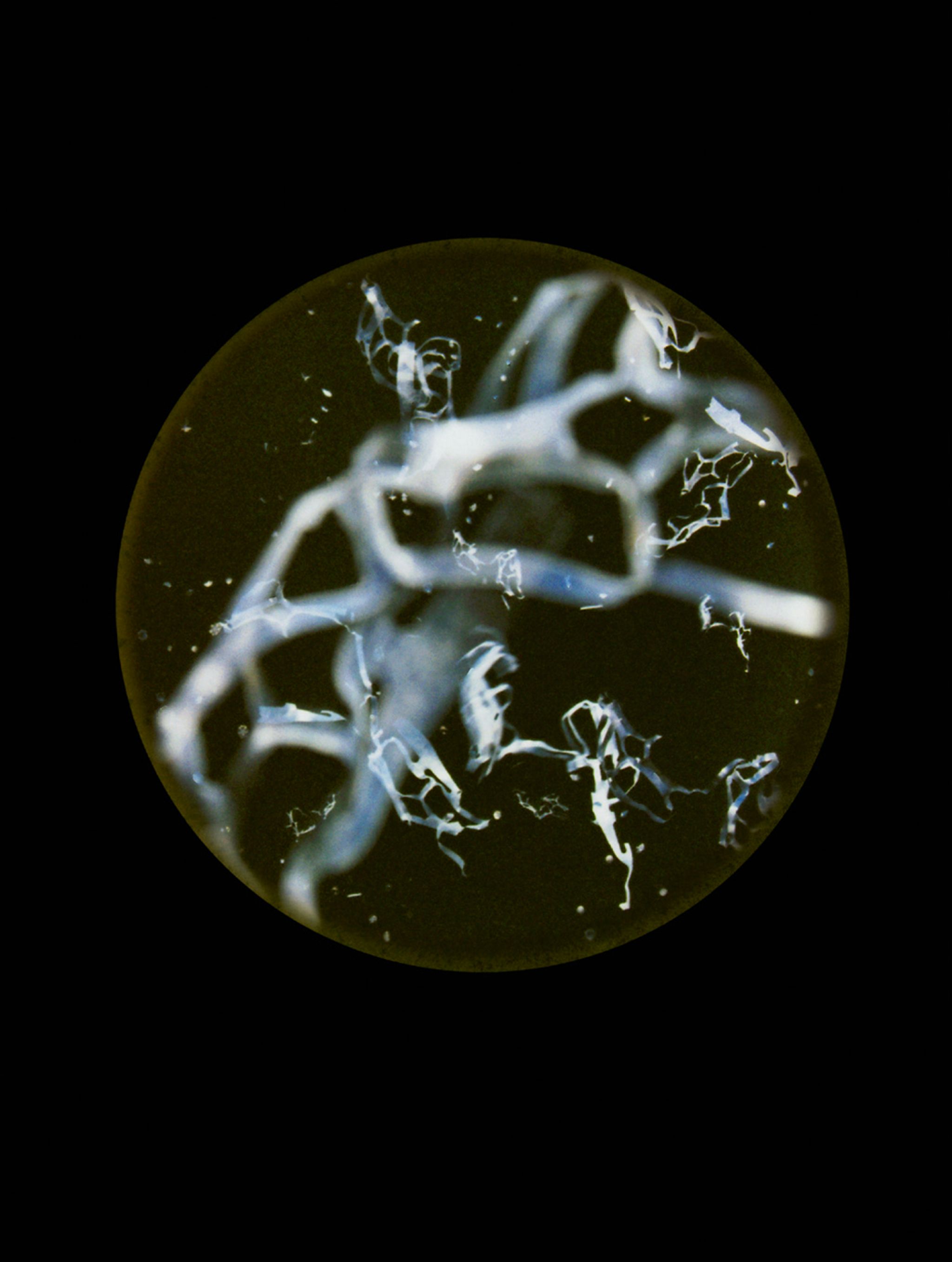
Copeopod langisticus.Specimen collected from Roche’s Point, Cove of Cork, Ireland(Six pack plastic yoke)
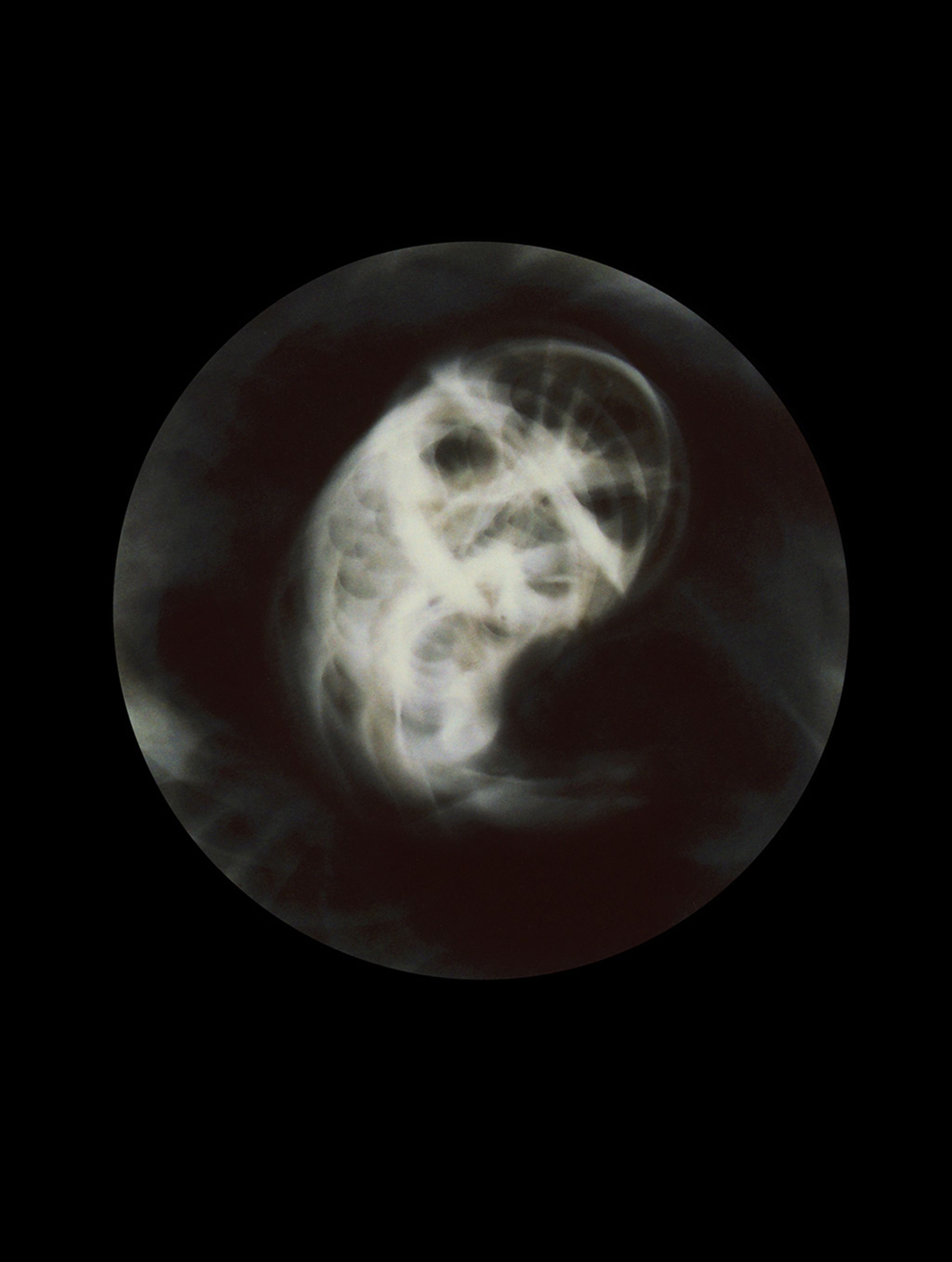
Prolcessa edustilcui.Specimen collected from Spike Island, Cove of Cork, Ireland(Scooter wheel)
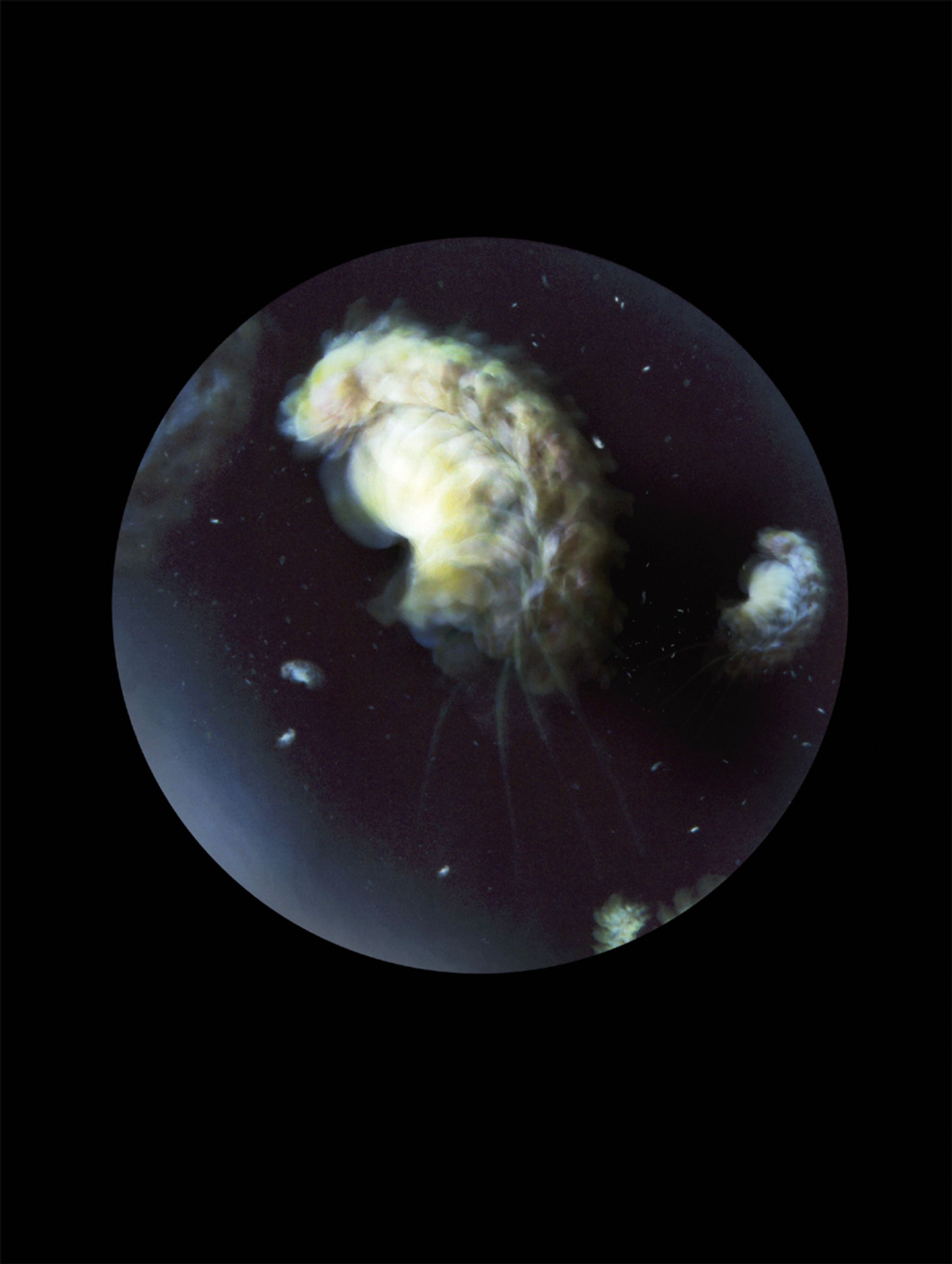
Pleurobrachia stileucae. Specimen collected from Carrigaloe estuary, Cove of Cork, Ireland(Plastic flower partially burnt)
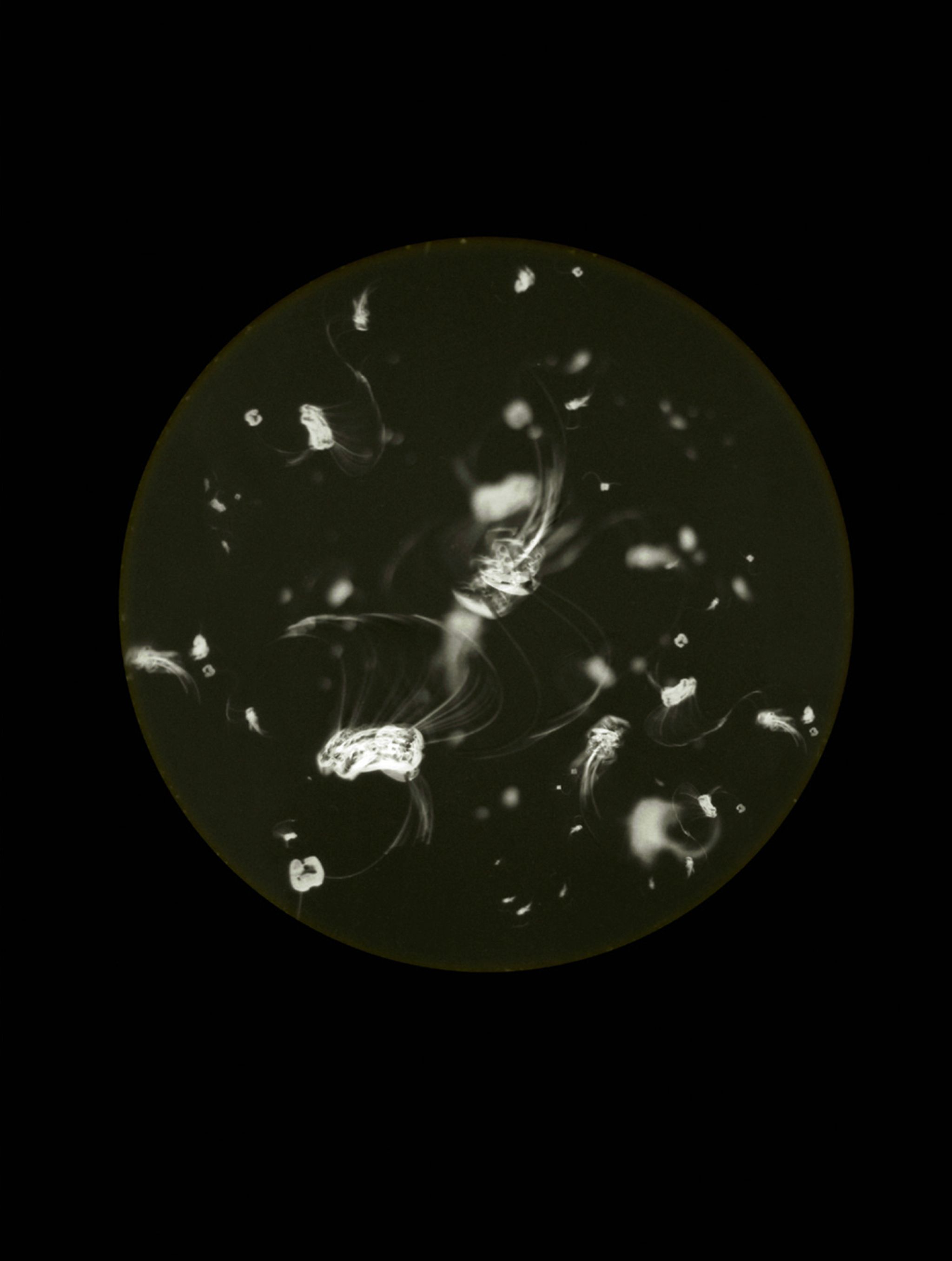
Heplandista ica.Specimen collected from Carrigaloe estuary, Cove of Cork, Ireland(Electric plug and wire)
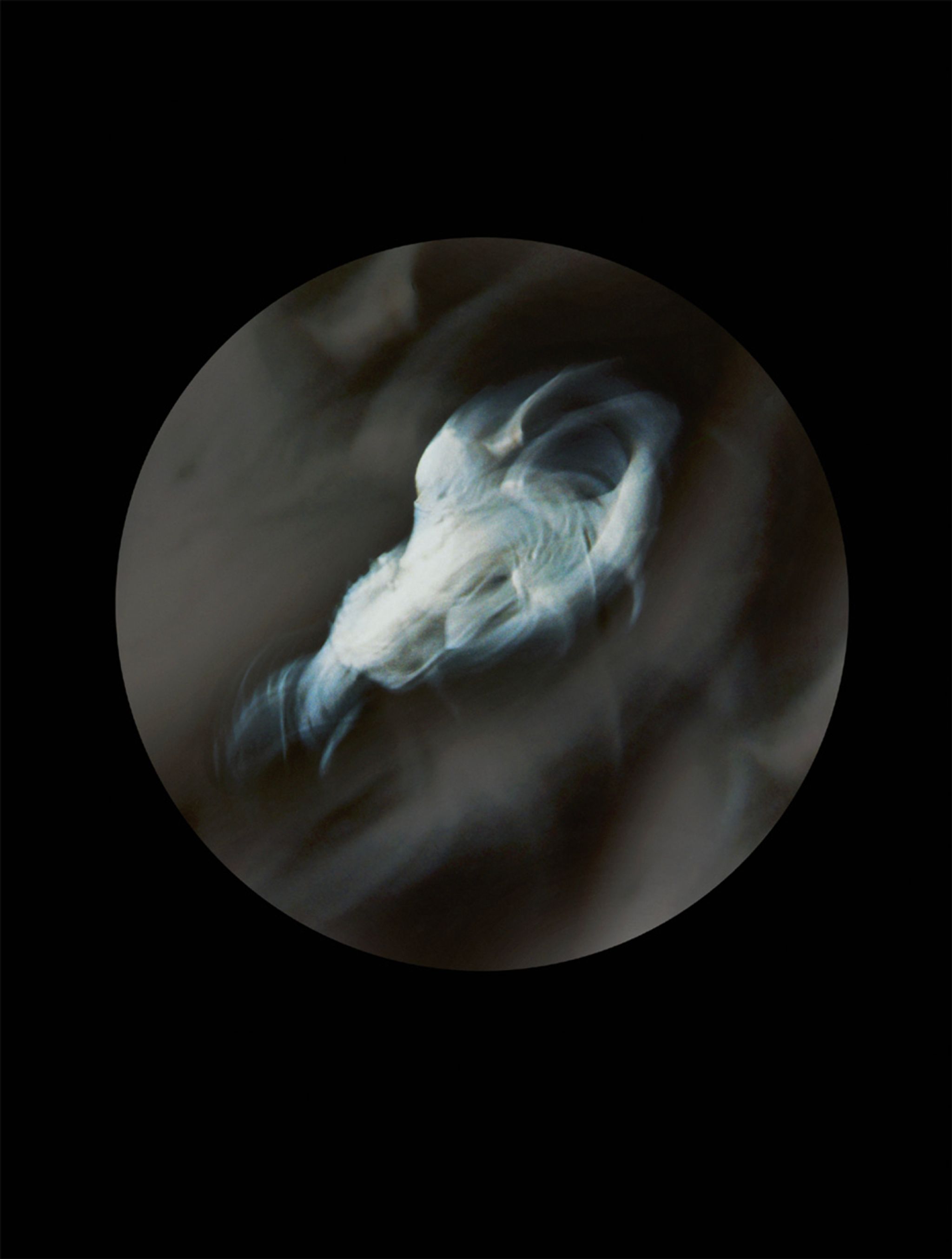
Plamacina retroversta ic. I.Specimen collected from Cobh shoreline, Cove of Cork, Ireland(White plastic horse)
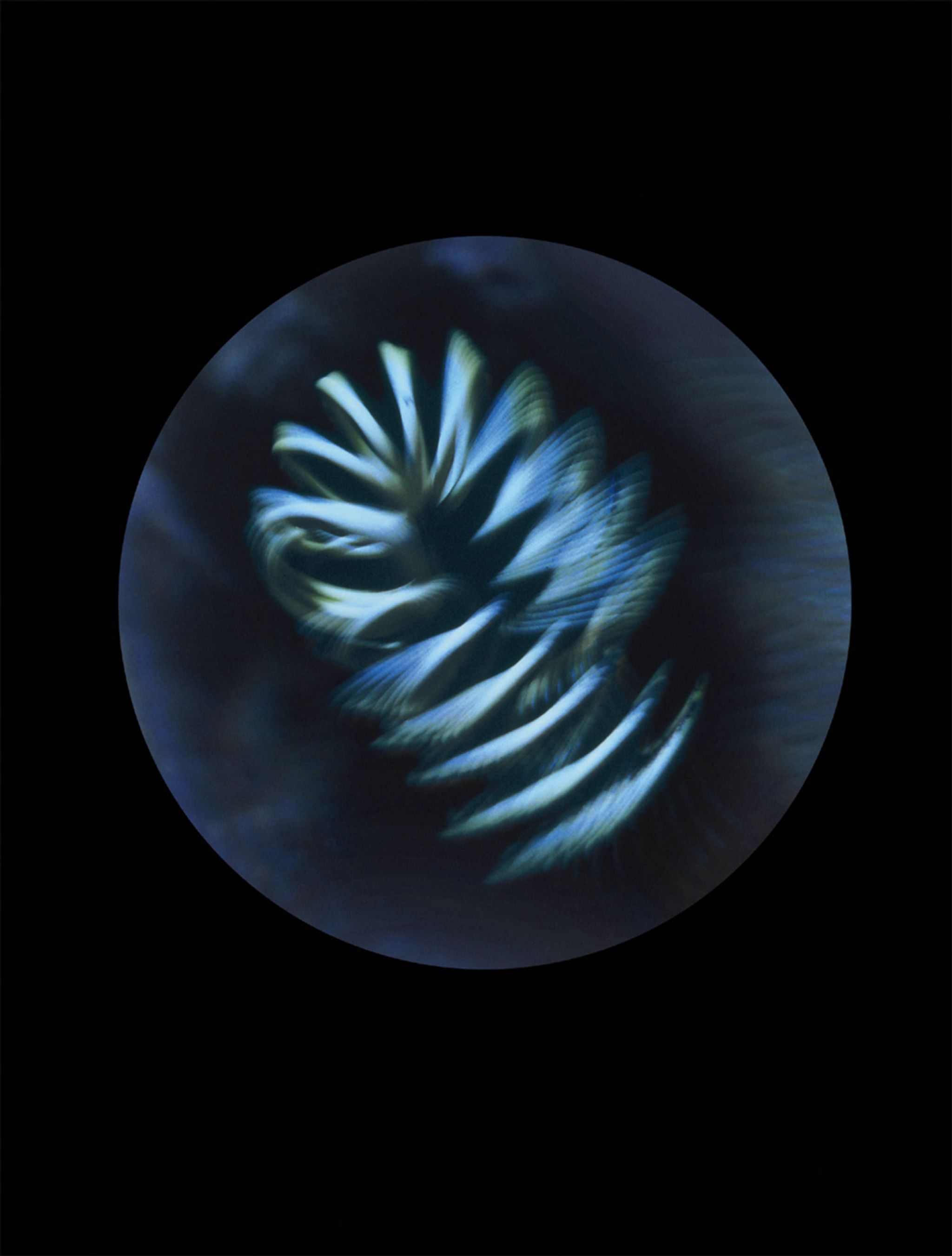
Psammela iteusic.Specimen collected from Dunkettle interchange, Cove of Cork, Ireland(Industrial coil)
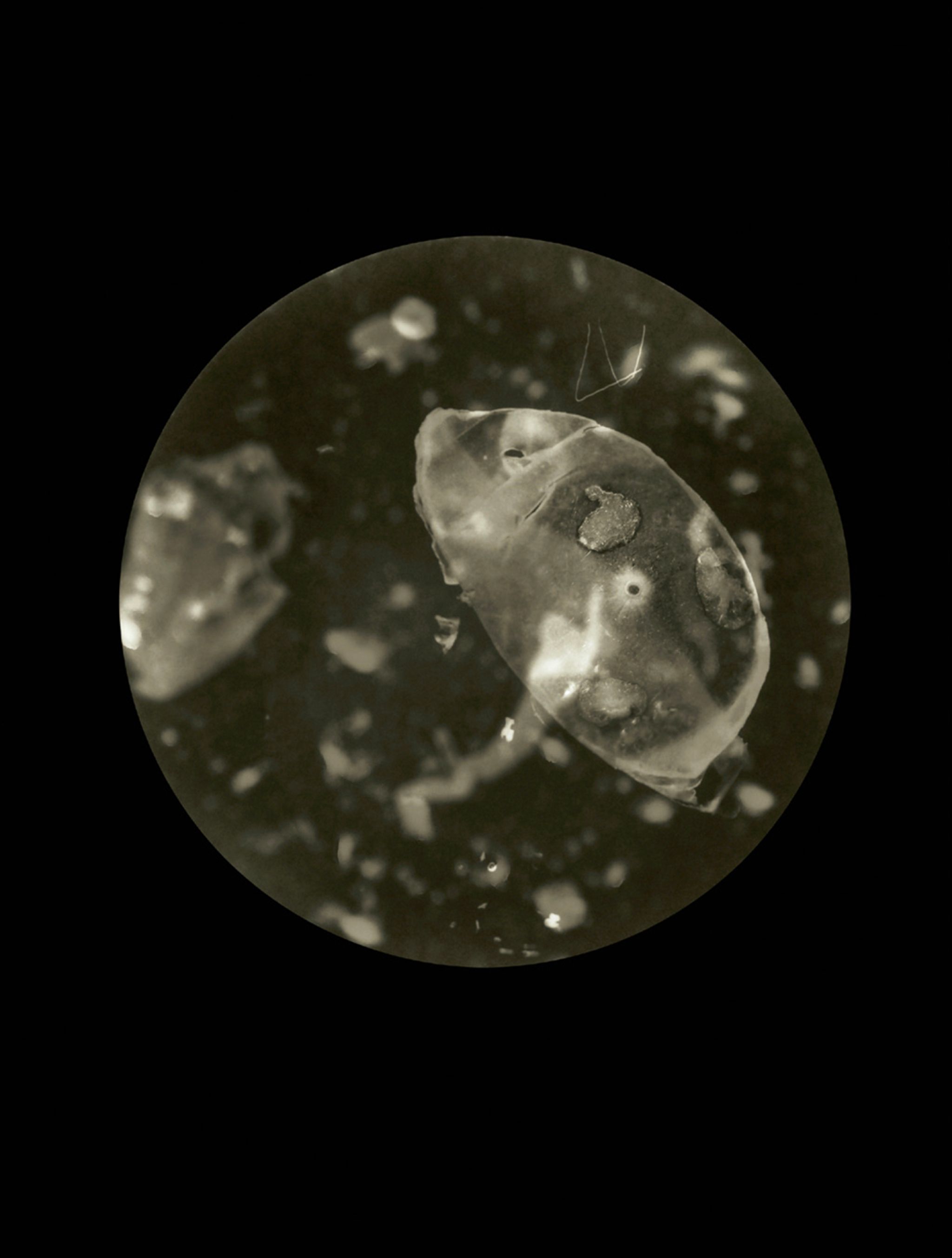
Plada steuicke.Specimen collected from Blackrock shoreline, Cove of Cork, Ireland(Plastic bottle base)
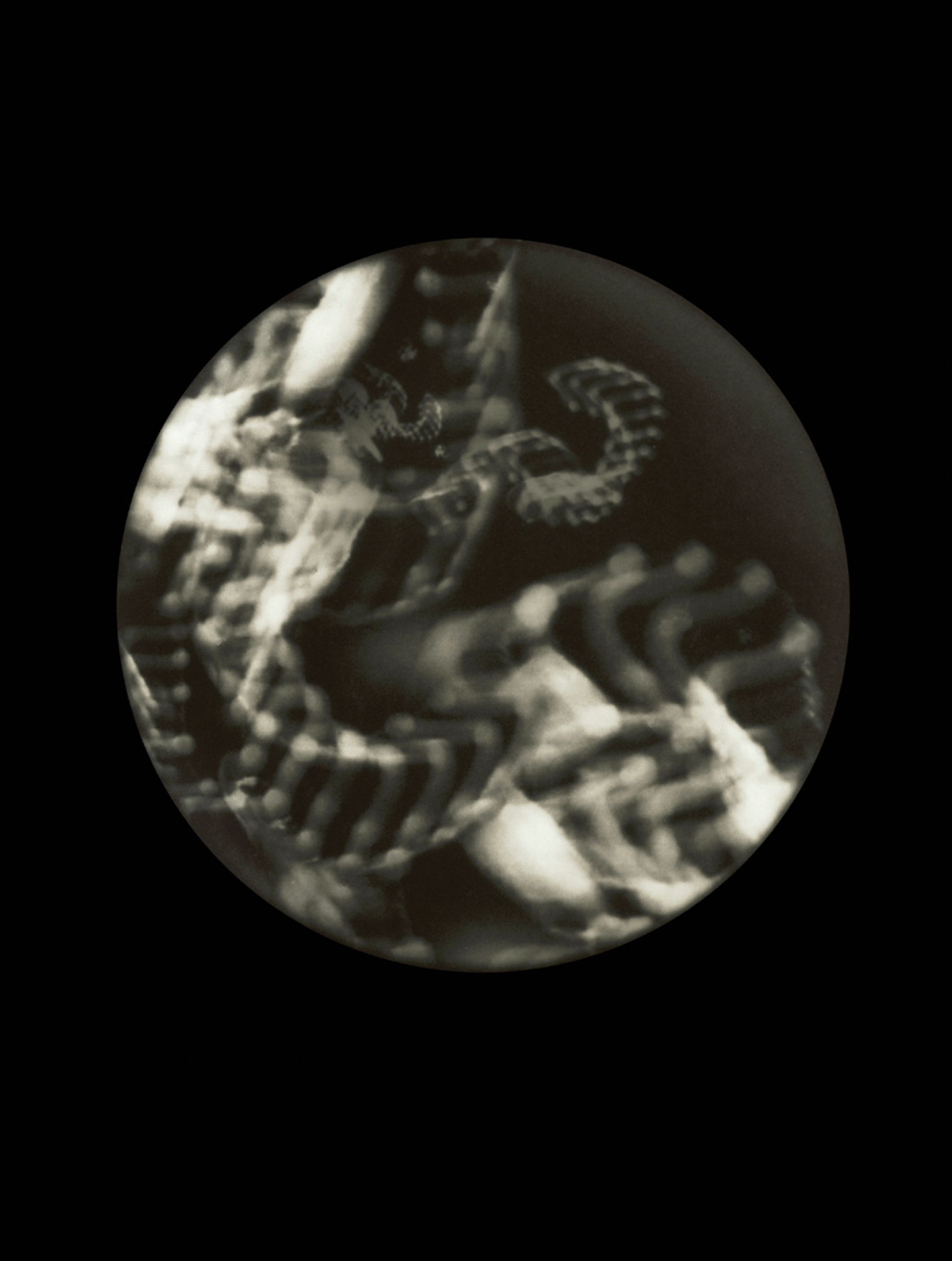
Fpuslaes maticaus.Specimen collected from Cobh beach, Cove of Cork, Ireland(Catholic necklace)
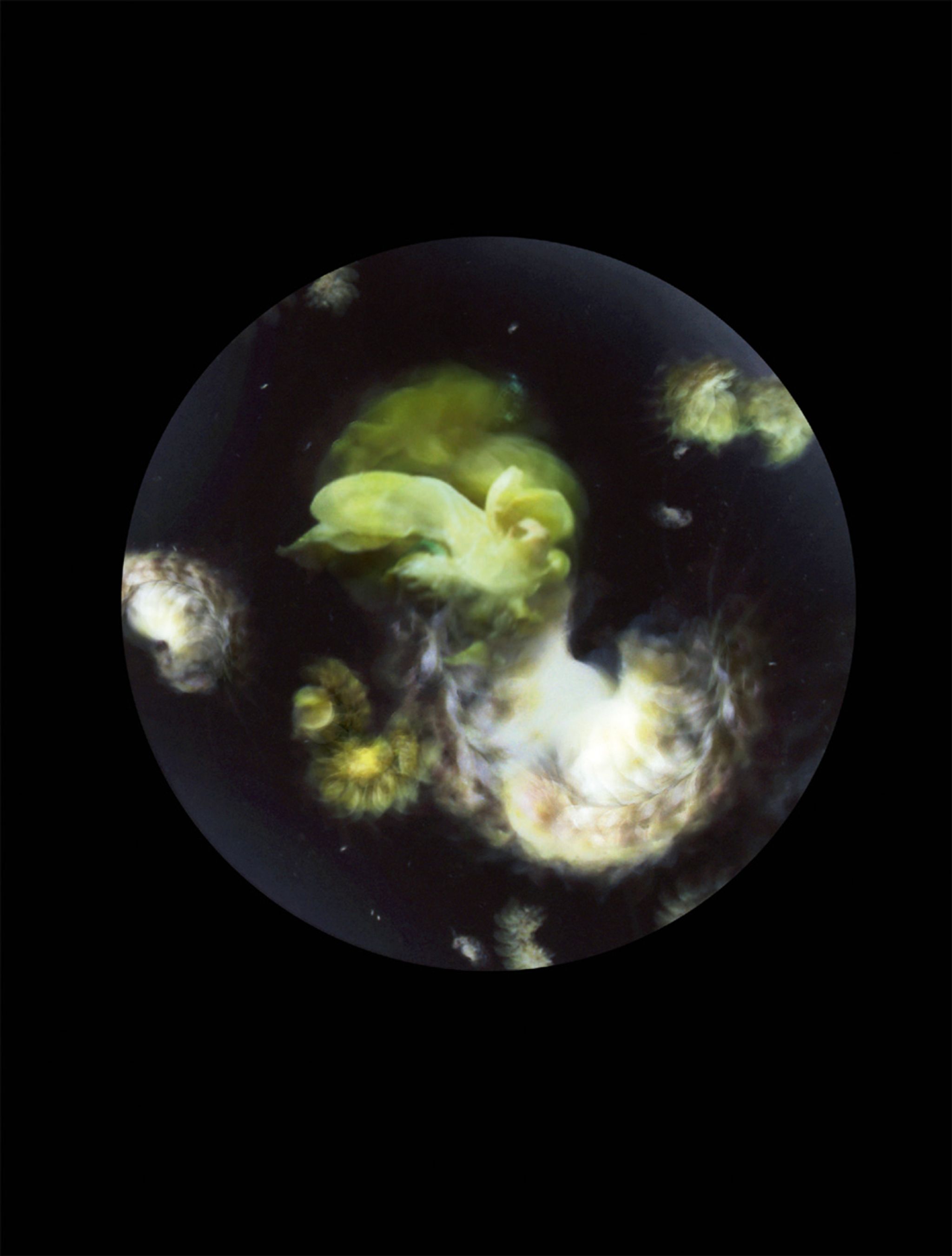
Nebulae plaurosbrathic. Specimen collected from Carrigaloe estuary, Cove of Cork, Ireland(Plastic flower partially burnt - group)
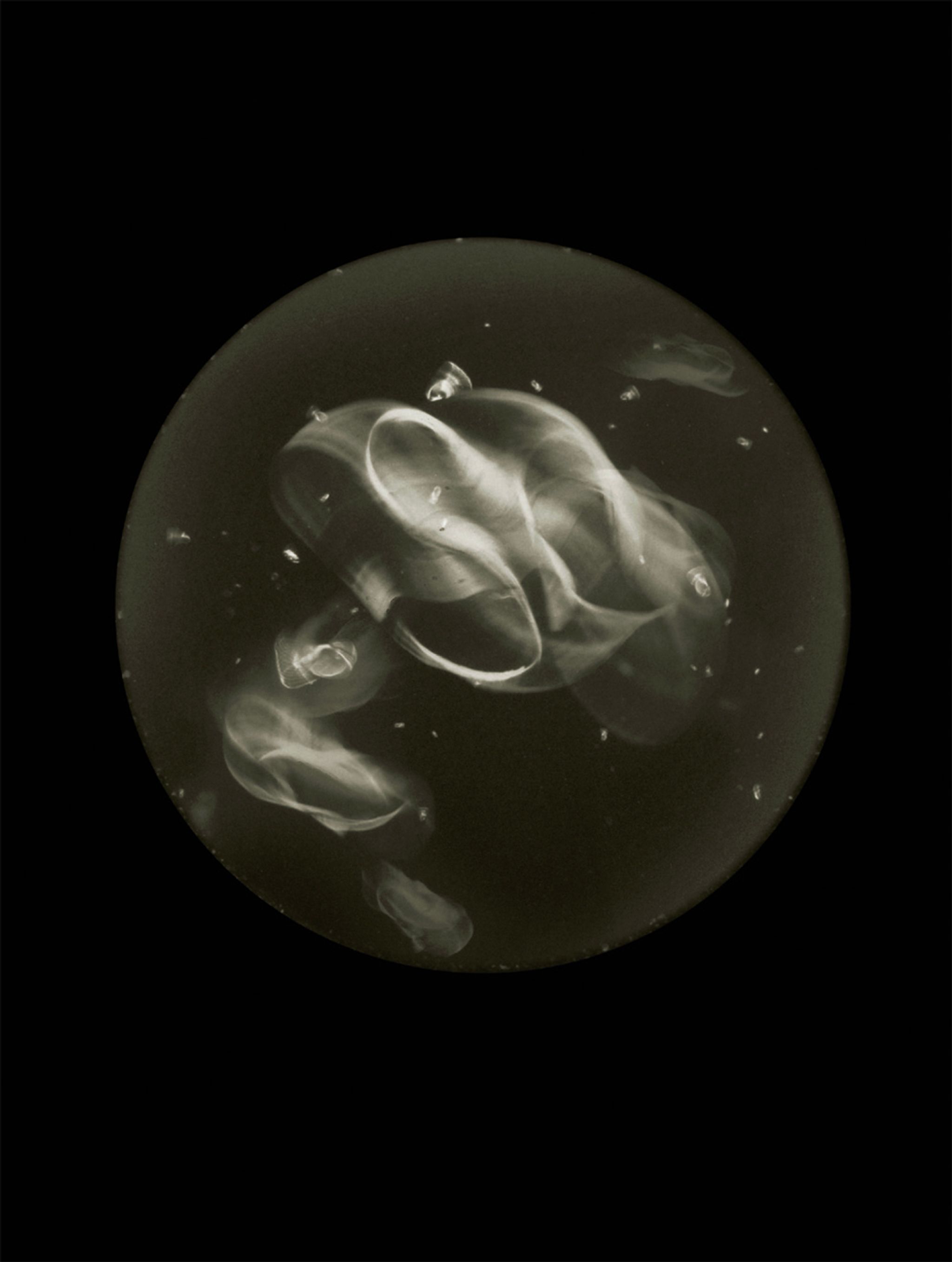
Aureplia auristice.Specimen collected from Blackrock shoreline, Cove of Cork, Ireland(Shoe sole)
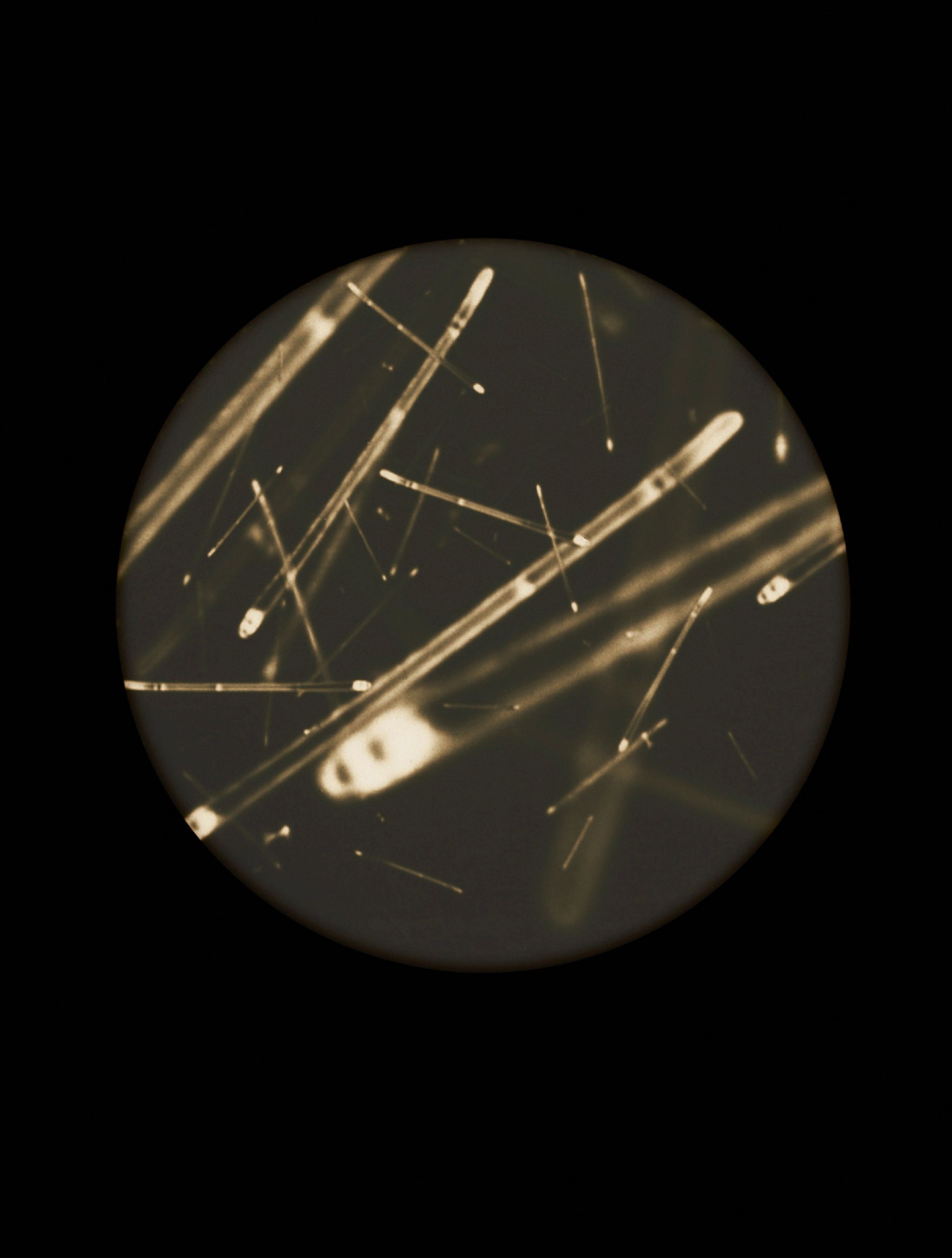
Amphilima distinctae.Specimen collected from Cobh shoreline, Cove of Cork, Ireland(Coathanger)
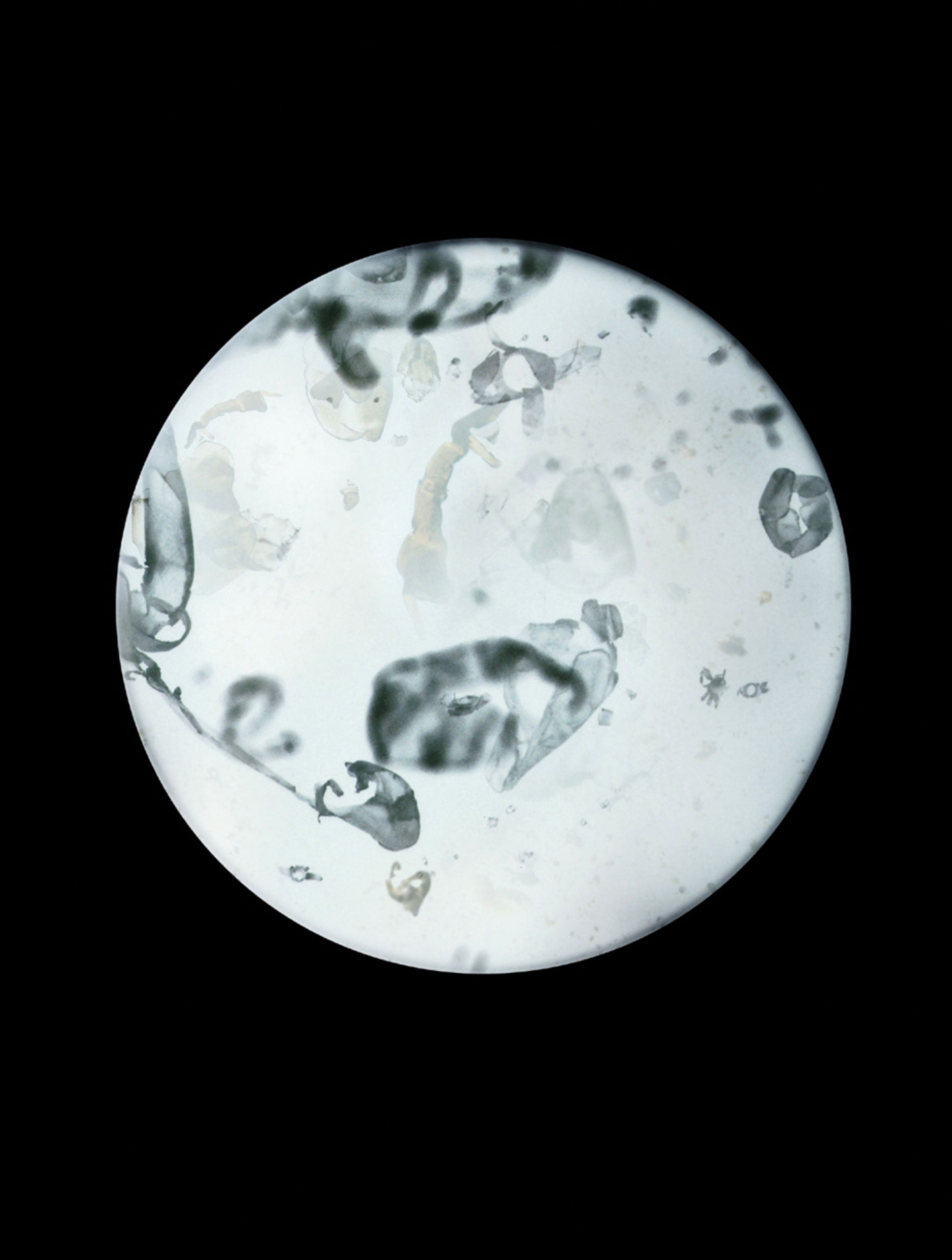
Maprola stipicros.Specimen collected from Inch beach, Cove of Cork, Ireland(Plastic bottle parts)
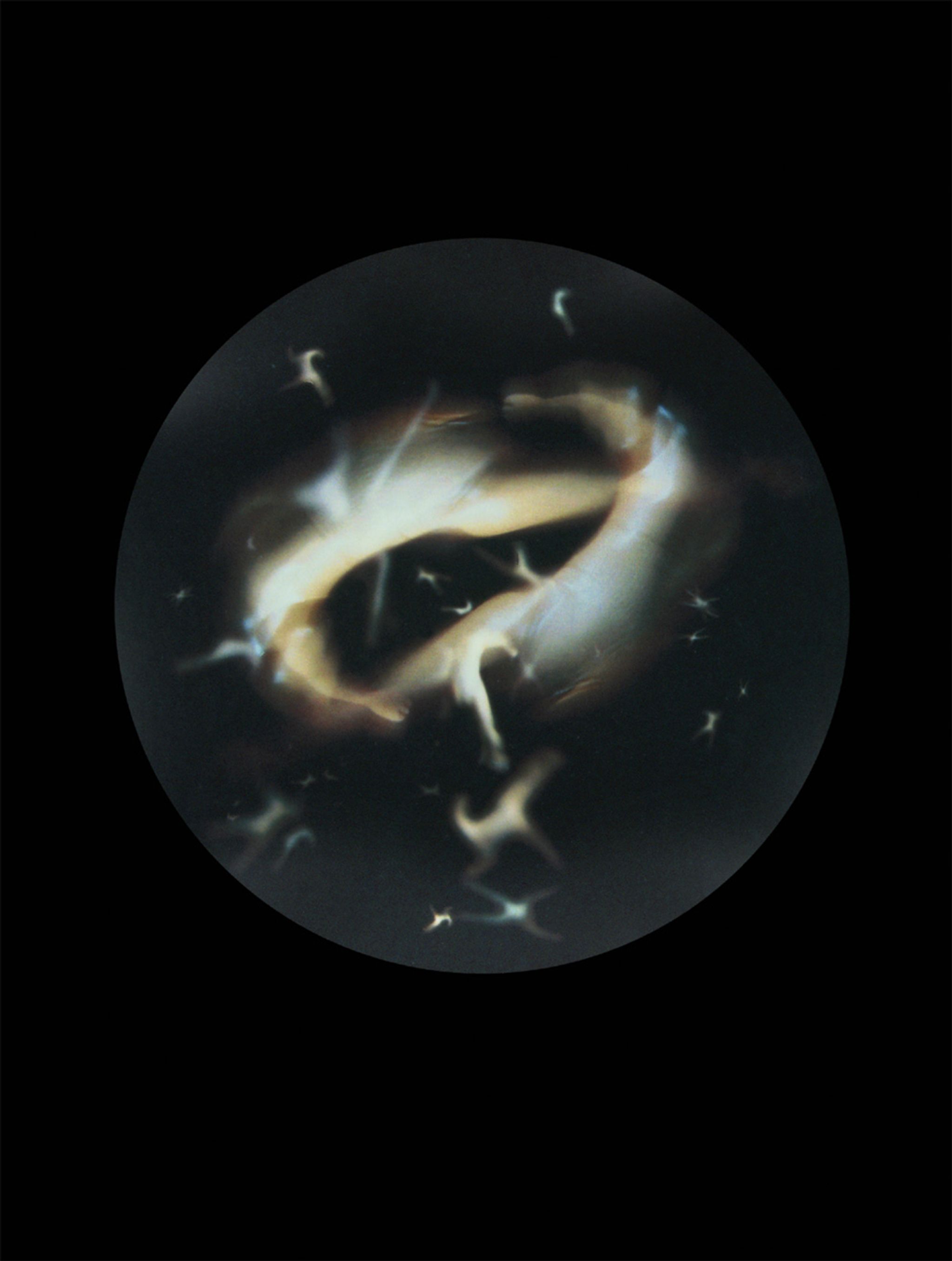
Plasterinellic.Specimen collected from Dunkettle Interchange, Cove of Cork, Ireland(Action man figure, without head)

Phoronilasteri crae.Specimen collected from Whitepoint, Cobh shoreline, Cove of Cork, Ireland(Tricycle wheel)
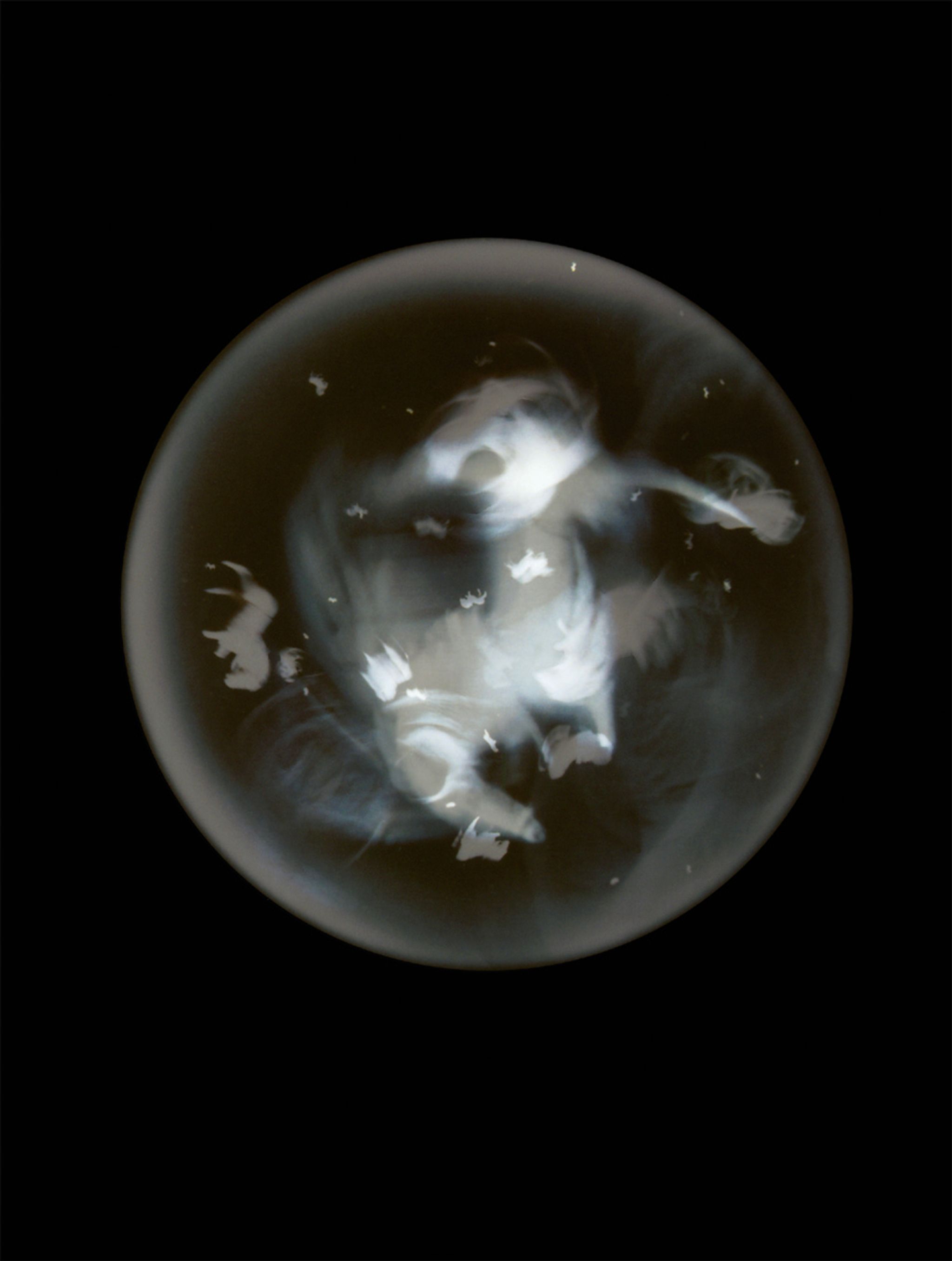
Plamacina retroversta ic. III.Specimen collected from Cobh shoreline, Cove of Cork, Ireland(White plastic horse, 3)
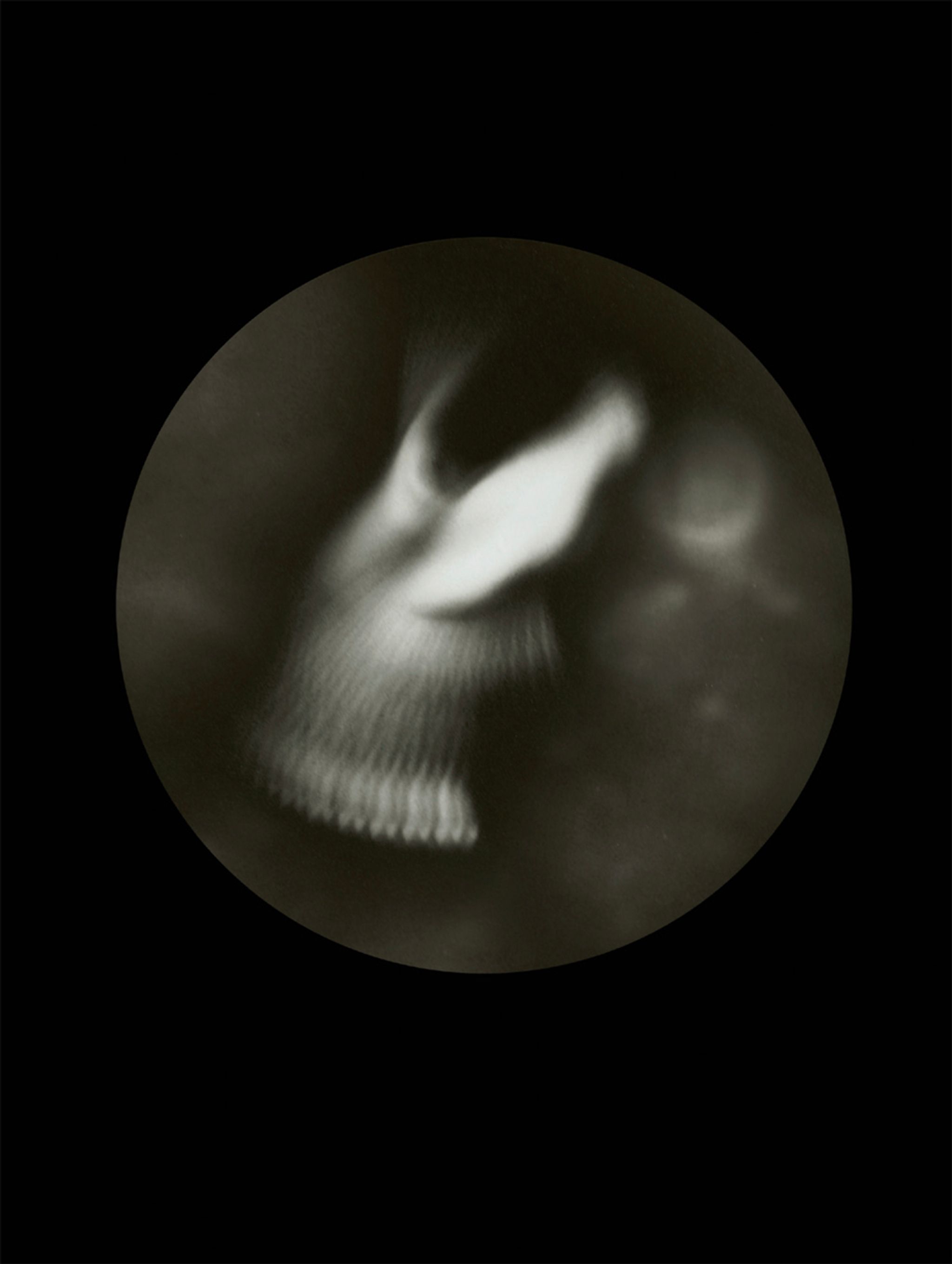
Plividas chloticus.Specimen collected from Fota Island, Cove of Cork, Ireland(Barbie doll arm)
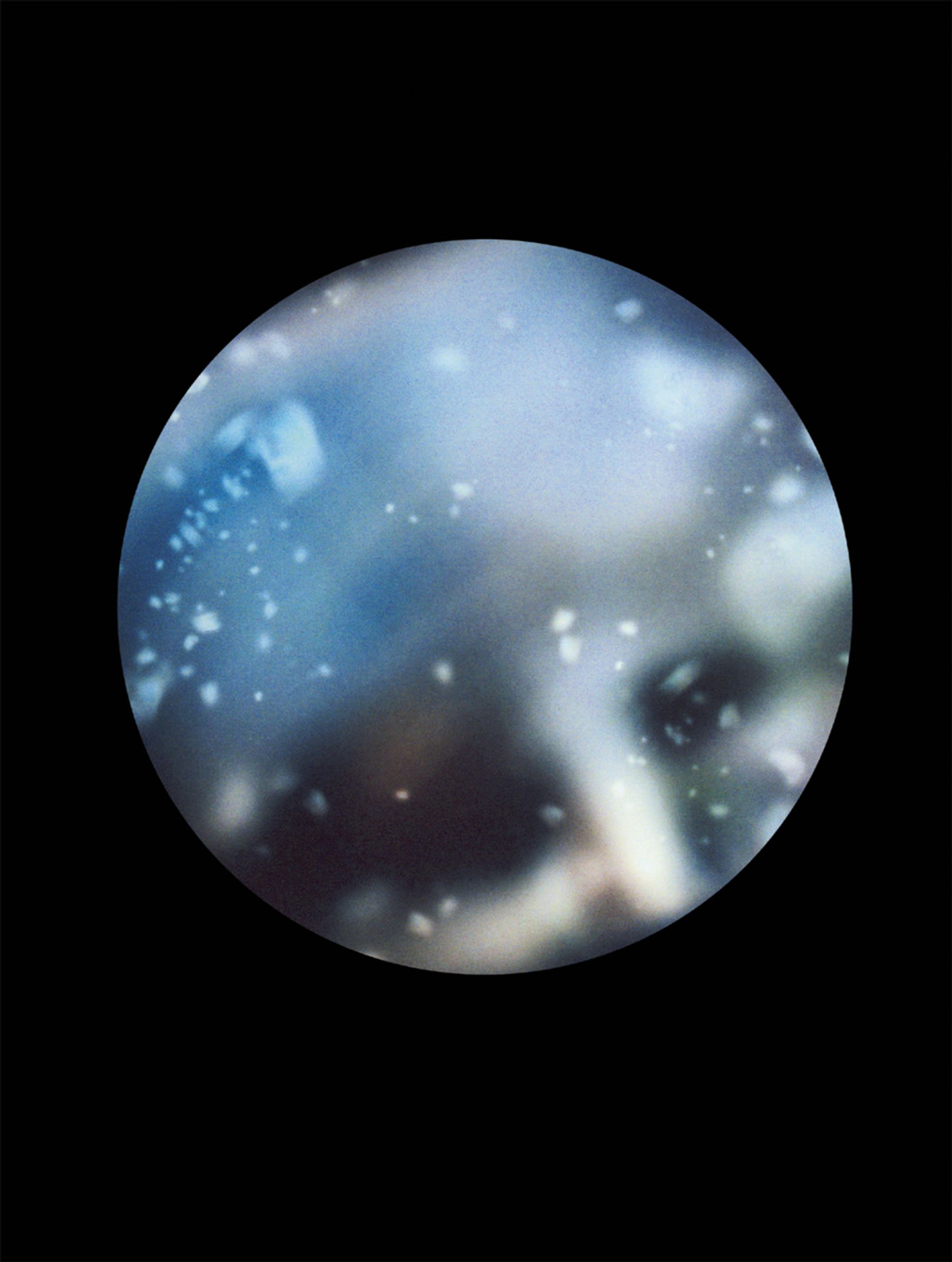
Rhizopolenia robustica.Specimen collected from Fota Island, Cove of Cork, Ireland(Book with plastic cover – ‘Ireland a Terrible Beauty’)
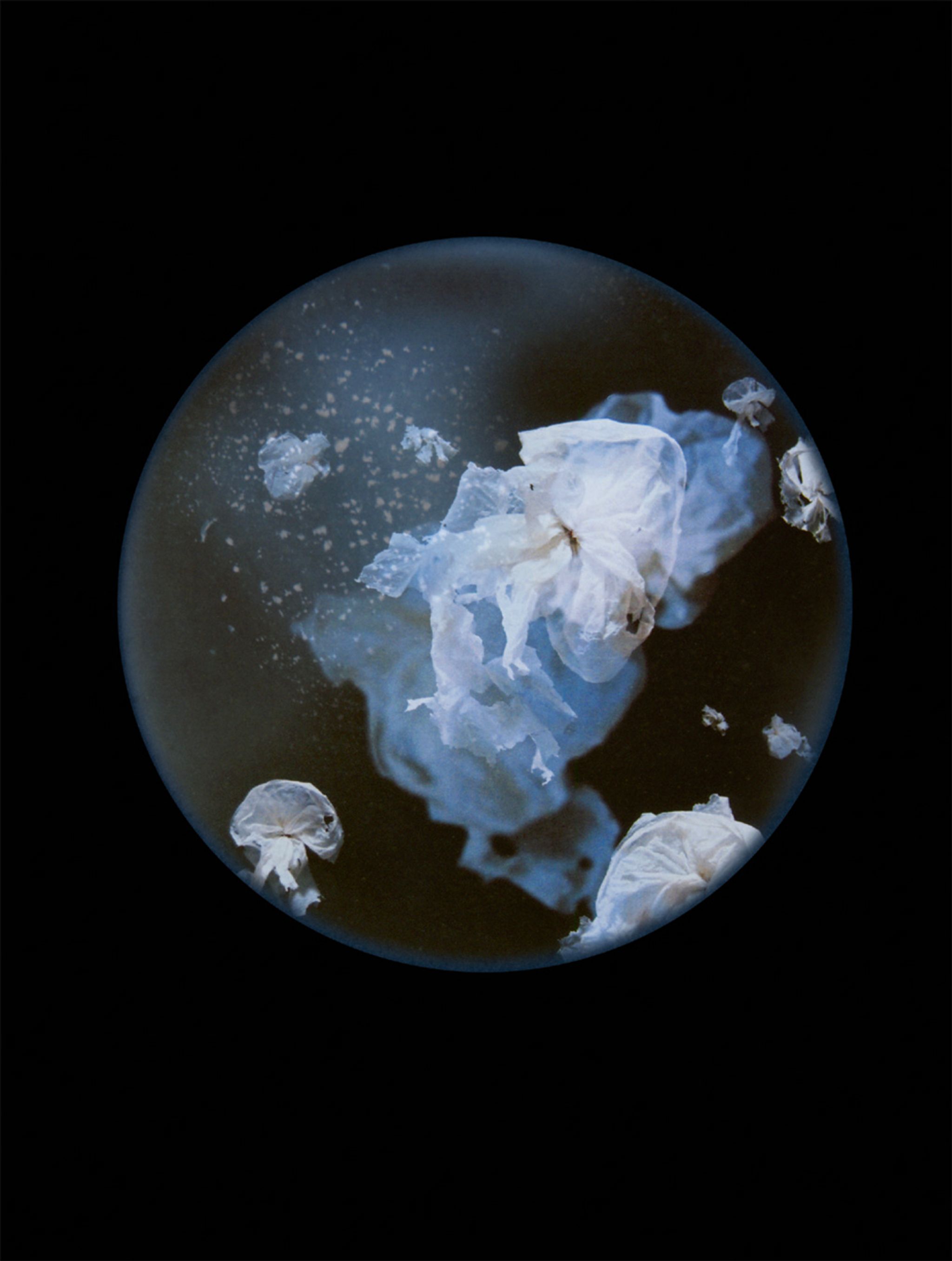
Laplusa forastuic.Specimen collected from Cobh shoreline, Cove of Cork, Ireland(Plastic bags)
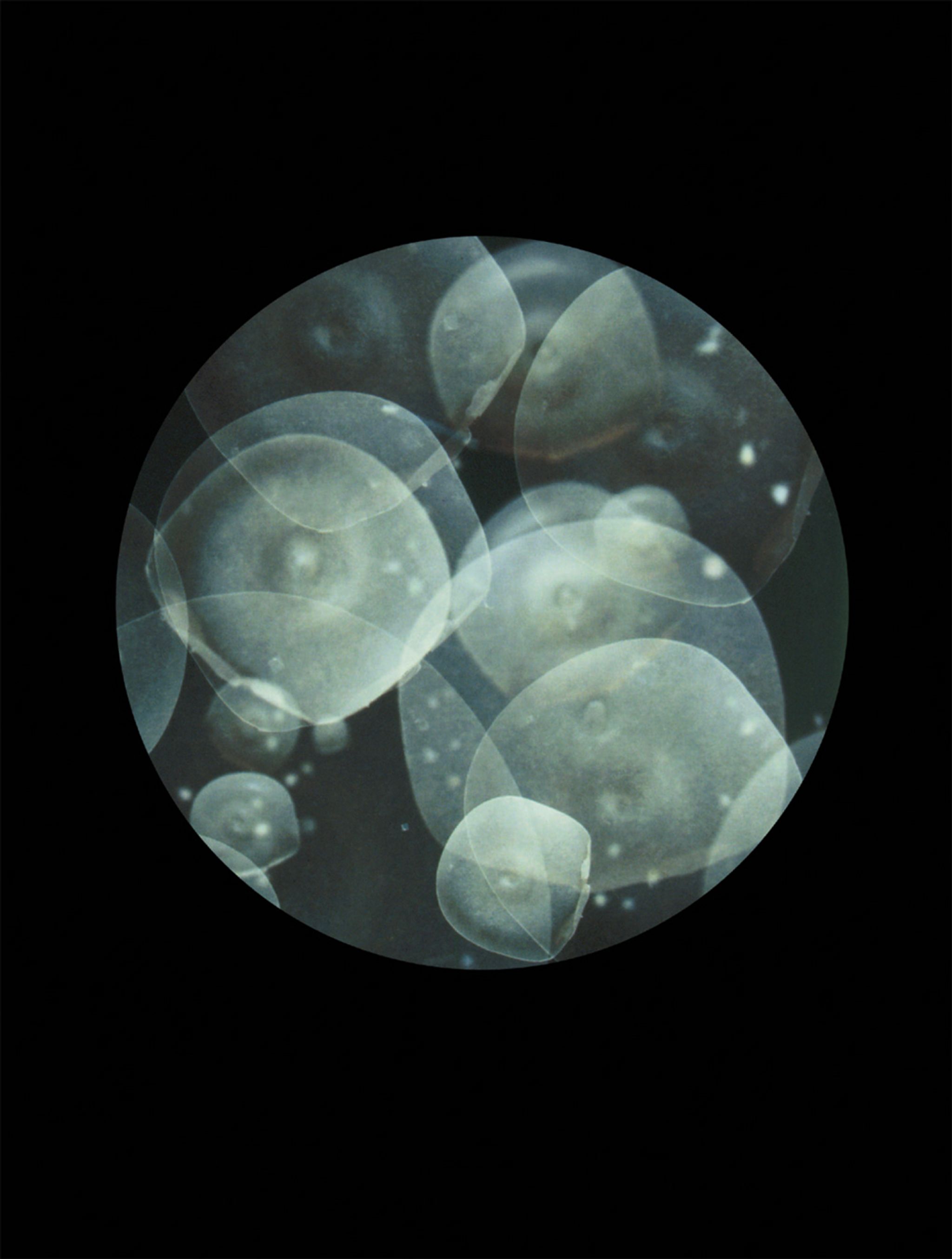
Poletastae nipliuc.Specimen collected from Whitepoint, Cove of Cork, Ireland(Container base)